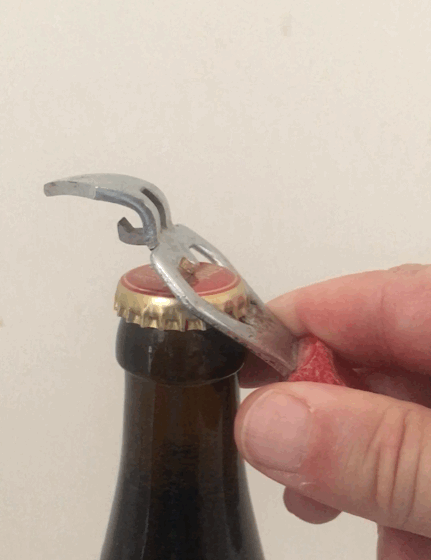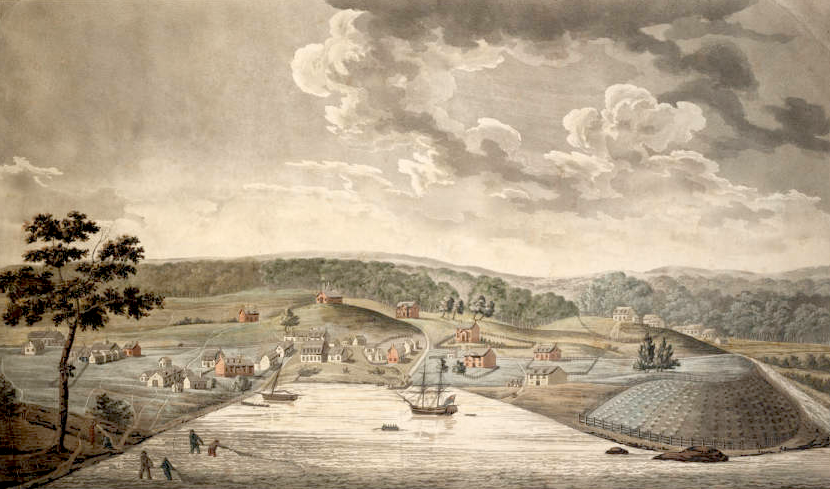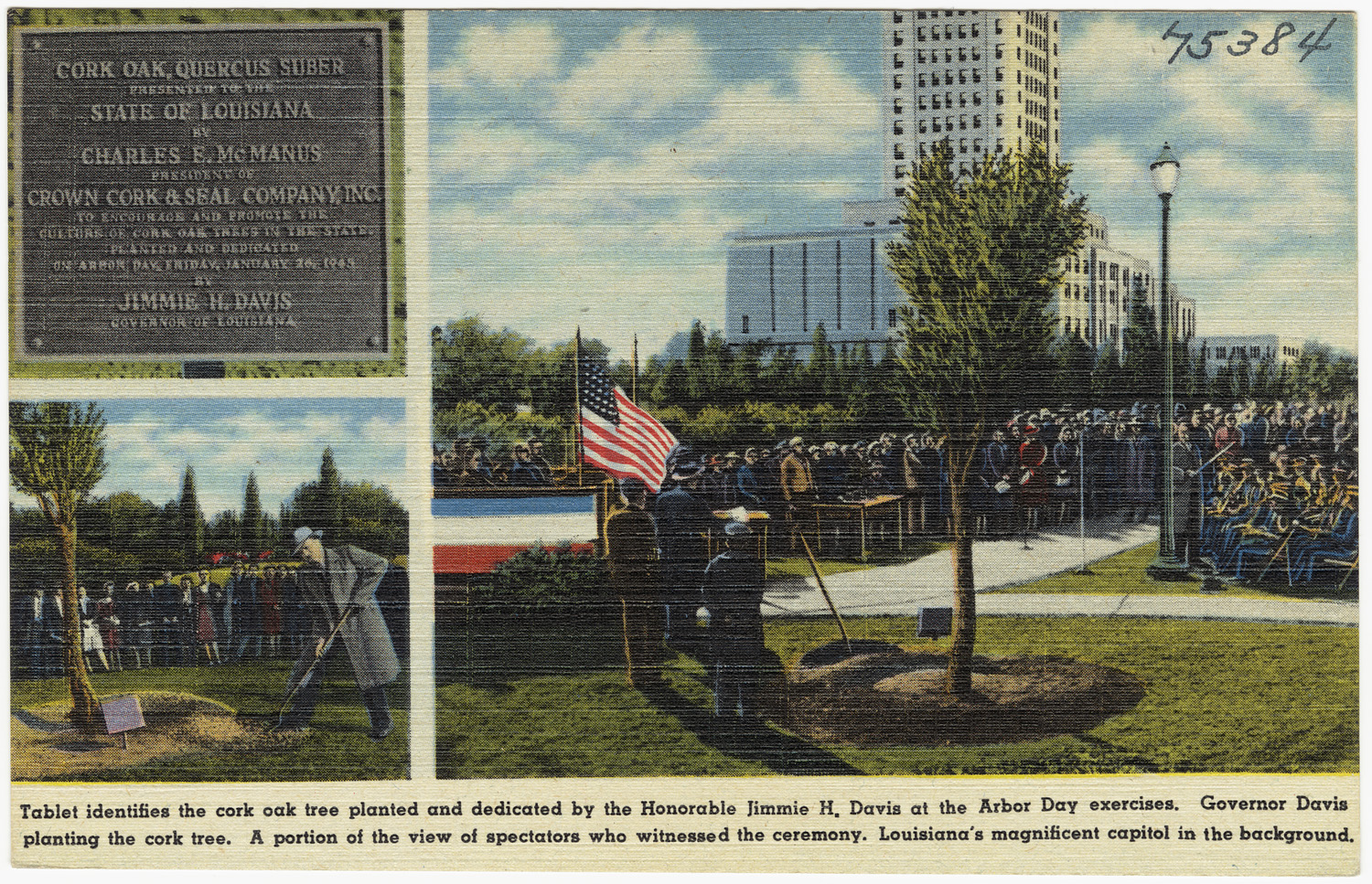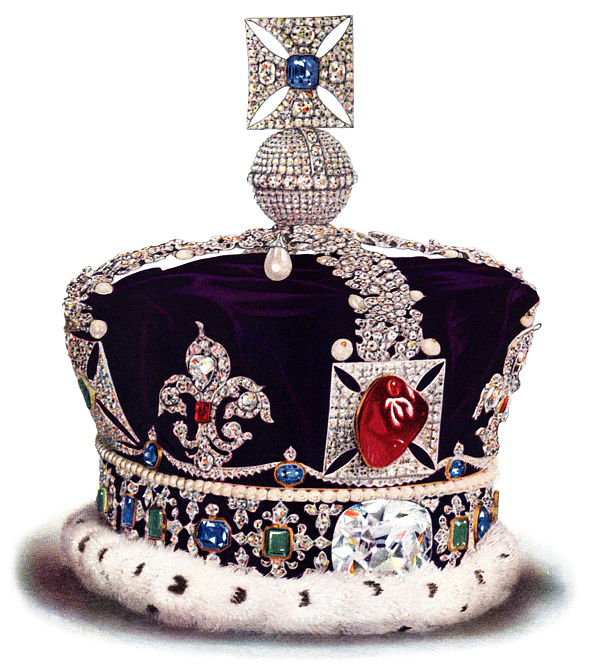|
Crown Cork
The crown cork (also known as a crown seal, crown cap or just a cap), the first form of bottle cap, was invented by William Painter in 1892 in Baltimore. The company making it was originally called the Bottle Seal Company, but it changed its name with the almost immediate success of the crown cork to the ''Crown Cork and Seal Company''. It still informally goes by that name, but is officially Crown Holdings. Overview A Dutch patent application from 1892 This style of closure is still in widespread use. Prior to the invention of the external crown cork bottle stopper, soda bottles had ordinary internal cork bottle stoppers and often had rounded bottoms so they could not be stored standing upright. Corks have a tendency to dry out and shrink, allowing the gas pressure in the bottle to cause the cork to "pop", so bottles were stored on their side to prevent the corks from drying out. After the invention of the crown cork bottle stopper, this problem was eliminated, and soda ... [...More Info...] [...Related Items...] OR: [Wikipedia] [Google] [Baidu] |
Bottle Cap
A bottle cap or bottle top is a common closure for the top opening of a bottle. A cap is sometimes colorfully decorated with the logo of the brand of contents. Metal caps with plastic backing are used for glass bottles, sometimes wrapped in decorative foil. Metal caps are usually either steel or aluminum, and of the crown cork type. Flip-top caps (like flapper closures) preceded such caps. Plastic caps are used for plastic bottles, functioning as screw caps, or plastic caps may have a pour spout rather than being detachable. Plastic caps are commonly made from polyethylene or polypropylene, and caps for plastic bottles are often made of a different type of plastic from the bottle. A cork stopper is another type of closure for the top of a bottle. Types Caps were originally designed to be pressed over and around the top of a glass bottle to grab a small flange on the bottleneck. Crown cork The crown cork was patented by William Painter on February 2, 1892 (U.S. Pa ... [...More Info...] [...Related Items...] OR: [Wikipedia] [Google] [Baidu] |
William Painter (inventor)
William Painter (November 20, 1838 – July 15, 1906) was an American mechanical engineer, inventor and the founder of Crown Holdings, Inc., a Fortune 500 company. He most notably invented the crown cork bottle cap and bottle opener. Early life and career Painter was born in 1838 in Triadelphia, then a mill town in Montgomery County, Maryland to Dr. Edward Painter and Louisa Gilpin Painter. He moved to Baltimore, Maryland in 1865 to begin a career as a foreman at the Murrill & Keizer's machine shop. He worked with manufacturers to develop a universal neck for all glass bottles and started the Crown Cork & Seal Company of Baltimore in 1892 to manufacture caps that could be used to seal the universal necks.he died in July 1906 at 67 Patents Painter patented 85 inventions, including the common bottle cap, the bottle opener, a machine for crowning bottles, a paper-folding machine, a safety ejection seat for passenger trains, and also a machine for detecting counterfeit curre ... [...More Info...] [...Related Items...] OR: [Wikipedia] [Google] [Baidu] |
Baltimore
Baltimore is the most populous city in the U.S. state of Maryland. With a population of 585,708 at the 2020 census and estimated at 568,271 in 2024, it is the 30th-most populous U.S. city. The Baltimore metropolitan area is the 20th-largest metropolitan area in the country at 2.84 million residents. The city is also part of the Washington–Baltimore combined statistical area, which had a population of 9.97 million in 2020. Baltimore was designated as an independent city by the Constitution of Maryland in 1851. Though not located under the jurisdiction of any county in the state, it forms part of the central Maryland region together with the surrounding county that shares its name. The land that is present-day Baltimore was used as hunting ground by Paleo-Indians. In the early 1600s, the Susquehannock began to hunt there. People from the Province of Maryland established the Port of Baltimore in 1706 to support the tobacco trade with Europe and established the Town ... [...More Info...] [...Related Items...] OR: [Wikipedia] [Google] [Baidu] |
Crown Holdings
Crown Holdings, Inc., formerly Crown Cork & Seal Company, is an American company that makes metal beverage and food cans, metal aerosol containers, metal closures, and specialty packing. Founded in 1892, it is headquartered in Tampa, Florida. As of their annual report for 2020, Crown employs 33,264 people at 192 plants in 39 countries. It claims to manufacture one out of every five beverage cans used in the world, and one out of every three food cans used in North America and Europe. The company is ranked No. 286 in the Fortune 500 list for 2022 and is number one in the packaging and container industry for the same list. History William Painter, an Irish-born American, invented the crown cap for bottled carbonated beverages in 1891 and obtained patents 468,226 and 468,258 for it on February 2, 1892. He founded his own manufacturing business, the Crown Cork and Seal Company, in Baltimore and set out on a campaign to convince bottlers that his cap was the right one to use on th ... [...More Info...] [...Related Items...] OR: [Wikipedia] [Google] [Baidu] |
Cork (material)
Cork is an impermeable buoyant material. It is the phellem layer of bark tissue which is harvested for commercial use primarily from '' Quercus suber'' (the cork oak), which is native to southwest Europe and northwest Africa. Cork is composed of suberin, a hydrophobic substance. Because of its impermeable, buoyant, elastic, and fire retardant properties, it is used in a variety of products, the most common of which is wine stoppers. The montado landscape of Portugal produces approximately half of the cork harvested annually worldwide, with Corticeira Amorim being the leading company in the industry. Cork was examined microscopically by Robert Hooke, which led to his discovery and naming of the cell. Cork composition varies depending on geographic origin, climate and soil conditions, genetic origin, tree dimensions, age (virgin or reproduction), and growth conditions. However, in general, cork is made up of suberin (average of about 40%), lignin (22%), polysaccharid ... [...More Info...] [...Related Items...] OR: [Wikipedia] [Google] [Baidu] |
Budweiser
Budweiser () is an American-style pale lager, a brand of Belgian company AB InBev. Introduced in 1876 by Carl Conrad & Co. of St. Louis, Missouri, Budweiser has become a large selling beer company in the United States. Budweiser is a filtered beer, available on draft and in bottles and cans, made with up to 30% rice in addition to hops and barley malt.Protz, R., ''The Complete Guide to World Beer'' (2004), . There is an ongoing series of trademark disputes between Anheuser-Busch and the Czech company Budweiser Budvar Brewery over the use of the name. Usually, either Anheuser-Busch or Budweiser Budvar is granted the exclusive use of the ''Budweiser'' name in a given market. The Anheuser-Busch lager is available in over 80 countries, but is marketed as "Bud" in areas where Budvar has use of the Budweiser name. Name origin and dispute The name ''Budweiser'' is a German derivative adjective, meaning "of Budweis". Beer has been brewed in Budweis, Bohemia (now České Bud� ... [...More Info...] [...Related Items...] OR: [Wikipedia] [Google] [Baidu] |
Crown
A crown is a traditional form of head adornment, or hat, worn by monarchs as a symbol of their power and dignity. A crown is often, by extension, a symbol of the monarch's government or items endorsed by it. The word itself is used, particularly in Commonwealth countries, as an abstract name for the monarchy itself (and, by extension, the state of which said monarch is head) as distinct from the individual who inhabits it (that is, ''The Crown''). A specific type of crown (or coronet for lower ranks of peerage) is employed in heraldry under strict rules. Indeed, some monarchies never had a physical crown, just a heraldic representation, as in the constitutional kingdom of Belgium. Variations * Costume headgear imitating a monarch's crown is also called a crown hat. Such costume crowns may be worn by actors portraying a monarch, people at costume parties, or ritual "monarchs" such as the king of a Carnival krewe, or the person who found the trinket in a king cake. * The nup ... [...More Info...] [...Related Items...] OR: [Wikipedia] [Google] [Baidu] |
Advertising Slogan
Advertising slogans are short phrases used in advertising campaigns to generate publicity and unify a company's marketing strategy. The phrases may be used to attract attention to a distinctive product feature or reinforce a company's brand. Etymology and nomenclature According to the 1913 ''Webster's Dictionary'', a slogan derives from the Scottish Gaelic "", a battle cry. Its contemporary definition denotes a distinctive advertising motto or advertising phrase used by any entity to convey a purpose or ideal. This is also known as a catchphrase. Taglines, or tags, are American terms describing brief public communications to promote certain products and services. In the UK, they are called ''end lines'' or ''straplines.'' In Japan, advertising slogans are called or . Format Most corporate advertisements are short, memorable phrases, often between three and five words. Slogans adopt different tones to convey different meanings. For example, funny slogans can enliven conversat ... [...More Info...] [...Related Items...] OR: [Wikipedia] [Google] [Baidu] |
Bottle Opener
A bottle opener is a device that enables the removal of metal bottle caps from glass bottles. More generally, it might be thought to include corkscrews used to remove cork or plastic stoppers from wine bottles. A metal bottle cap is affixed to the rim of the neck of a bottle by being pleated or ruffled around the rim. A bottle opener is a specialized lever inserted beneath the pleated metalwork, which uses a point on the bottle cap as a fulcrum on which to pivot. History Invention of the bottle opener is credited to William Painter, who receive a patent on the crown cork bottle cap in 1892, and a patent on the first bottle opener (then called a "bottle cap lifter") in 1894. Varieties There are several distinct designs of such bottle openers. Wall mounted openers are typically found behind bars in pubs, whilst hand-tool bottle openers tend to be found and used in domestic environments. The functional elements of bottle openers (a tooth or lip to catch the underside of the ... [...More Info...] [...Related Items...] OR: [Wikipedia] [Google] [Baidu] |








